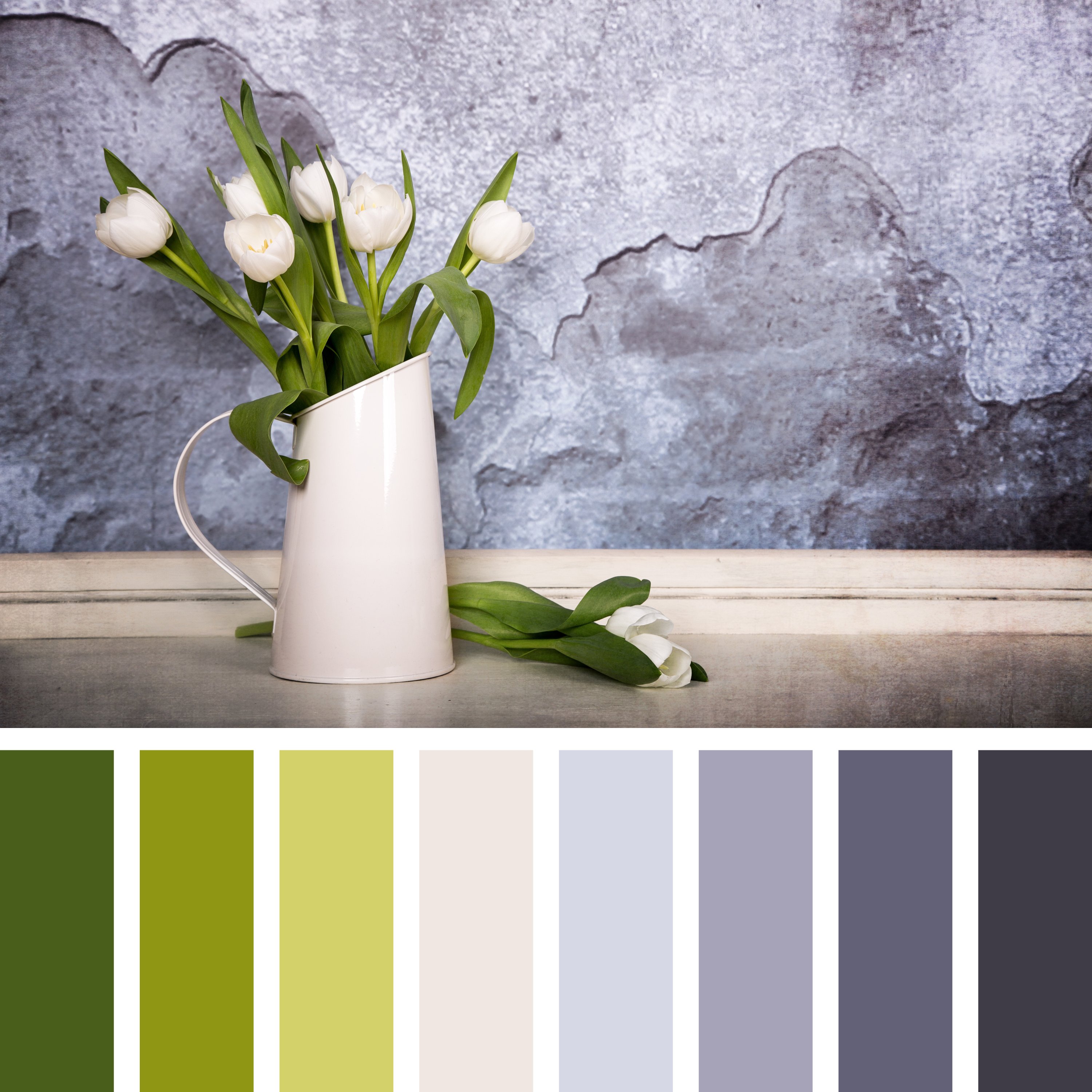© Turkuvaz Haberleşme ve Yayıncılık 2024
Creating the right atmosphere in your home can be challenging if you don't know what colors to use; especially as it is well known that colors have a direct impact on our well-being.
If you paint all the walls of your home in white, you shouldn't be too surprised if you end up with a cool, somewhat sterile atmosphere. Needless to say, colorful walls have more of a lively and vibrant effect.
Does that mean we should banish white and switch to color in every room? "It depends on what effect I want to achieve," says interior designer Ines Wrusch. This should be the basis for choosing a paint color.
White walls are widespread, given that they're practical and can be jazzed up and combined with furniture and accessories of almost any style. "That's pretty much true. But pure brilliant white just looks neutral and boring. Softer, pastel colors are much more interesting," explains Wrusch.
Color researcher professor Axel Venn goes further: "Life is not much fun in all white rooms, they even create an inhospitable environment." Those who grow up in a home painted white tend to choose this supposedly practical option later on. "In doing so, they forgo design and experimentation."
But be careful: too much color is not only unpleasant, it can also affect physical well-being. "Experiments have shown, for example, that a small room with red walls increases the heart rate," says Wrusch. If you want to relax, red is not the best choice.
Not only that: A color usually only has an effect when combined with other colors. "It's like music. A single note is fine, but only through the composition of different notes and tones do you get a melody, a harmonious whole," says Wrusch.
When choosing new color elements, the interior designer says it's essential to take into account what's already present in the home. "This is often underestimated."

Nature can be an inspiration for paint color ideas. "It produces tones that can are harmonious at any time of day: in the morning, at midday and in the evening. It could serve as an orientation," says Venn. People feel most comfortable with light pastel colors, as they are spring-like, sunny and warm.
As a general rule, for a room to appear balanced it shouldn't be designed with too many contrasts. One idea is to incorporate the colors associated with the cardinal point in which the room is facing, for example, red for north-facing.
Even if someone has found their favorite colors and has furnished the home according to their own ideas, one can still get tired of certain colors at some point. "This is pretty normal," says Wrusch. The person and their tastes change, but the surroundings don't.
"A light blue wall that once seemed soothing can suddenly seem like a reason to despair." So, it's time for a new look. It doesn't take too much effort, and it will change the whole room.
"If you change just one wall from blue to burnt orange, for example, a whole new spatial dimension is created," says Venn and explains: "While the room appears larger with blue, the wall painted orange moves visually closer. The room appears more intimate."
He advises anyone who has redecorated or changed the colors in their home to invite their family or friends over. "If they're having a good time and the conversations flows, if the evening is cozy and relaxed, then you've done everything right," says Venn.
Ines Wrusch also advises paying attention to quality – it's worth spending more money to get the right product. For example, paints that contain natural pigments instead of chemical ones are of a high quality. The small mineral or vegetable pigments make the colors appear deeper and richer – and they are also environmentally friendly.
